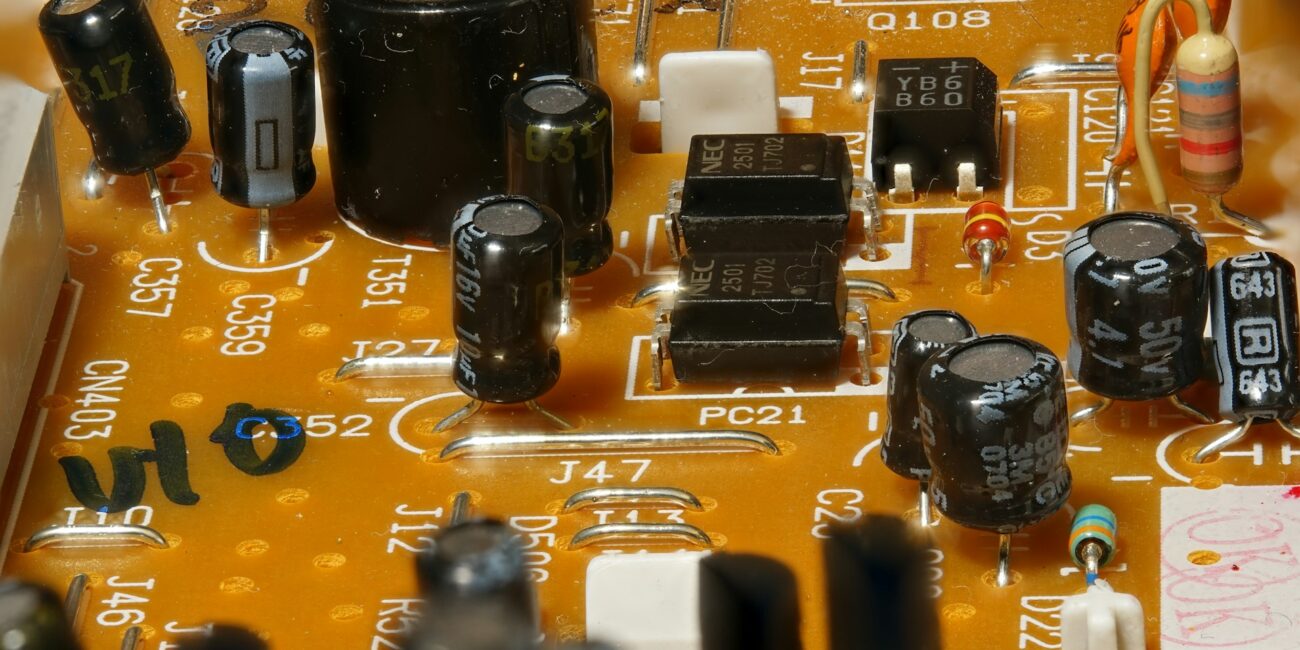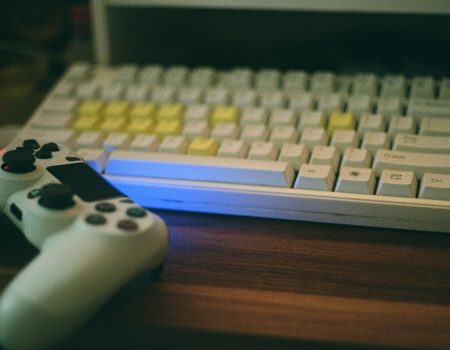An electronic device is any piece of equipment that uses the flow of electrons (usually through circuits, semiconductors, or other components) to perform a function such as processing, controlling, or transmitting information, signals, or power.
In simple terms: if it runs on electricity and relies on electronic components (like transistors, diodes, integrated circuits, or microchips), it’s an electronic device.
Common categories of electronic devices:
-
Consumer electronics – phones, laptops, tablets, TVs, cameras, smartwatches.
-
Household appliances (with electronic control) – microwaves, washing machines, refrigerators (modern ones often have electronic circuits).
-
Medical and scientific devices – ECG machines, digital thermometers, lab analyzers.
-
Industrial/electrical tools – circuit testers, programmable logic controllers (PLCs), CNC machines.
-
Entertainment gadgets – gaming consoles, MP3 players, e-readers.
Not everything that uses electricity is “electronic”:
-
A light bulb or electric kettle is electrical but not electronic (they don’t process or control signals, just use electricity directly).
-
A smart bulb or programmable kettle is electronic, because it contains circuits for control.
👉 A quick rule:
-
Electrical = power-driven only.
-
Electronic = signal/control/processing-driven.








No Comment! Be the first one.